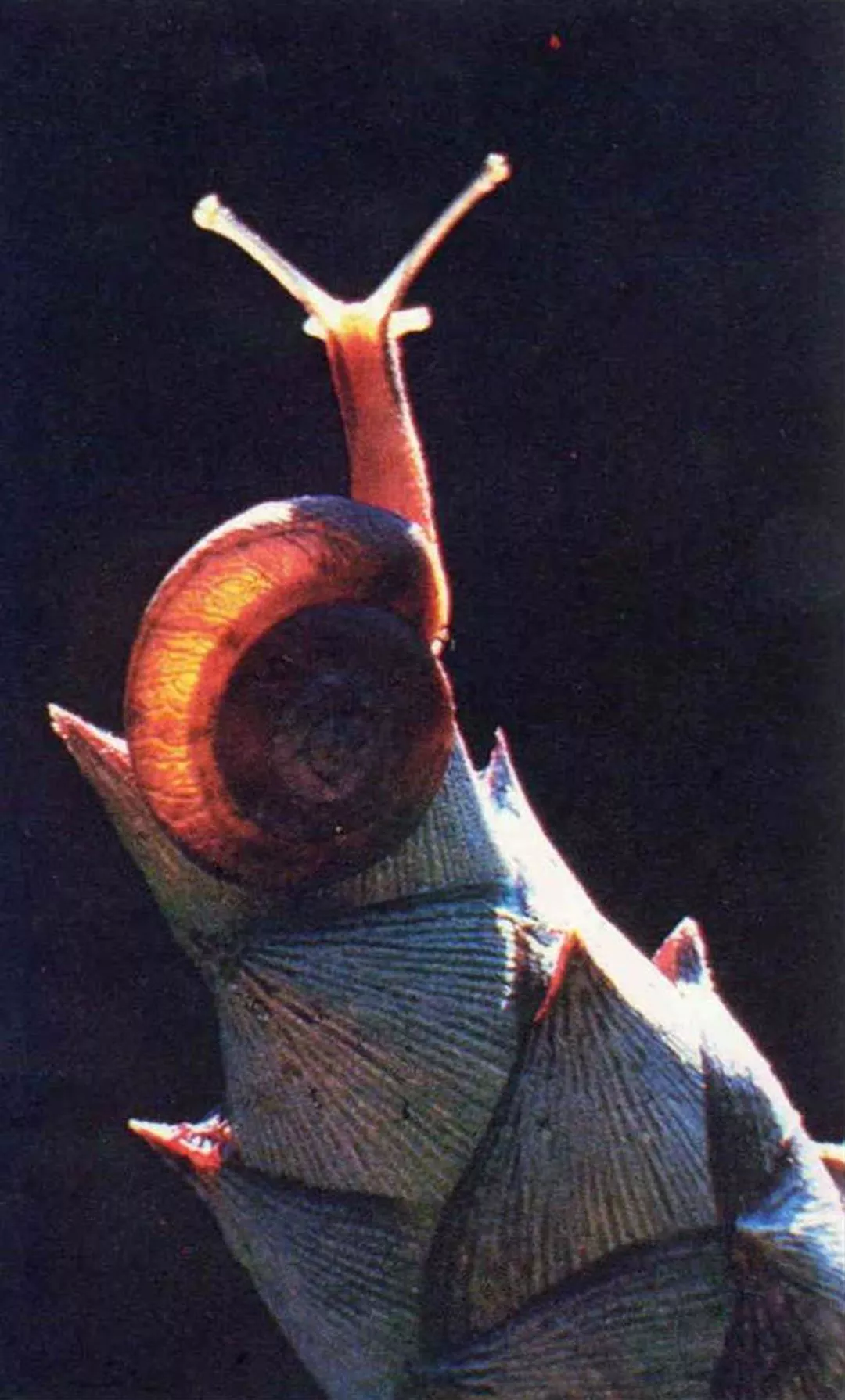Lai Yau-san has learned how to combine work and pleasure. He has photographed the world of insects to enrich his own life and create a detailed record which inspires respect and care for natural things.
Surprisingly, Lai is not a professional photographer, nor even an entomologist, but merely an elementary school teacher who likes to take photographs. But if you mention "Mr. Lai who raises insects" in Yuan-lin, in Changhua County in central Taiwan, many people will know who you mean.
From his years of experience teaching natural science, Lai discovered that through allowing students to observe living things at first hand, his work was cut in half. Students not only learn faster in this way, but they remember more as well. They also have more interest in reading and conducting research.
At first, Lai brought the insects to class himself, but later he encouraged students to contribute their own specimens. He often took students on field trips to catch insects such as beetles, mantises, crickets, caterpillars, locusts, bees, and butterflies.
Some parents were not exactly thrilled with the idea of their children bringing bugs home as pets, and complained to Lai. But he explained, "Nature is filled with many wonders and mysteries. Children should observe and understand all the animals and phenomena they can. By raising and caring for them, they will learn responsibility, one of the main aims of education."
Watching insects perform such functions as egg laying or sprouting wings can often inspire awe. Many children do not even understand how to conduct experiments properly, however. Mr. Lai thought it was a shame they missed so much, and conceived the idea of recording the insect world on film. Not only does he enjoy taking pictures, but also the photographic record is more precise than the written one.
Good work demands the use of the right tools, so Lai asked friends who were going overseas to bring back the best photographic equipment. "At that time, such a purchase took all the money I could save from my teacher's salary," he said. "But it was the best available equipment, and I never regretted the decision."
From that time on, Lai was never without his camera. Not only did his photographic ability and knowledge of insects grow, but also he learned how to use background and lighting effects. Soon, his teaching materials began to look more like works of art.
Lai pointed out that certain insects are associated with particular plants, while others change their habits according to the time of the year or the environment. It is best to photograph them in their natural setting, but this often means waiting for a long time. "Sometimes I spend an entire afternoon just photographing one spider," Lai said. Several days can go by without one worthwhile picture and trying to take shots of egg-laying or skin-shedding can be particularly frustrating. In the end, Lai decided to raise insects himself.
Lai has taken part in many science fairs and photography shows. In 1974 and 1976 he won first place in the nature division of the Republic of China's International Photography Exhibition. His photographs have also appeared in science textbooks. In recognition of his efforts to improve his methods, Lai has been selected as one of Taiwan's outstanding teachers. He has even been honored as the nation's most outstanding science teacher. But he modestly says, "I intend to work even harder. If I can put more into my work, my students will be able to learn more. As my students learn so do I. From my work at school, I am encouraged in my photographic work."
Lai is preparing 60 photographs for an exhibition at the Taichung Library in late September, which he hopes will bring even more children into contact with the fascinating world of insects. At the same time he is selecting 40 or 50 slides from his collection of tens of thousands to illustrate a book.
"My eyes are still good, and I will continue to take pictures," said Lai, now aged 42. His camera is worn through years of use, but his lenses are still sharp. Lai intends to carry on helping his students to understand and respect nature, and there-by increase his own understanding as well.
[Picture Caption]
1) Begonia. 2) Three little birds. 3) Leaf Beetle.
l) Skipper. 2) This insect is about to become a meal for this plant. 3) Mantis. 4) Moonlit night.
1) Sphinx moth. 2) Ladybugs. 3) Hatching. 4) Honeybees. 5) Syrphid fly. 6) Spink bug.
1) Crystal palace. 2) Small egrets. 3) Emergence. 4) The higher you climb, the further you can see. 5) Rice beetle. 6) Alphaea rosea Cav.

This insect is about to become a meal for this plant.

The higher you climb, the further you can see.